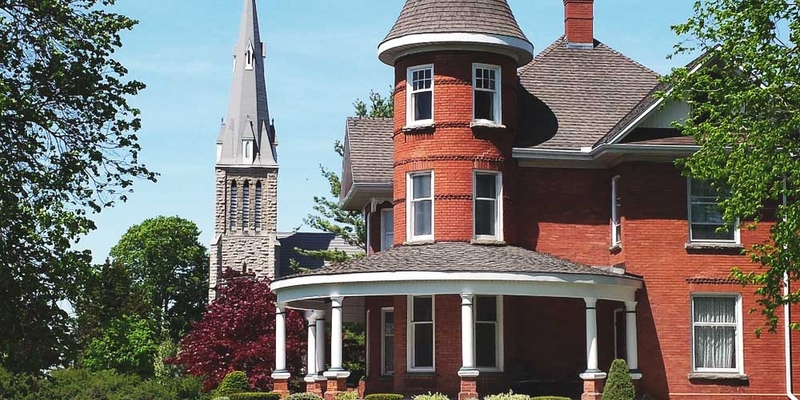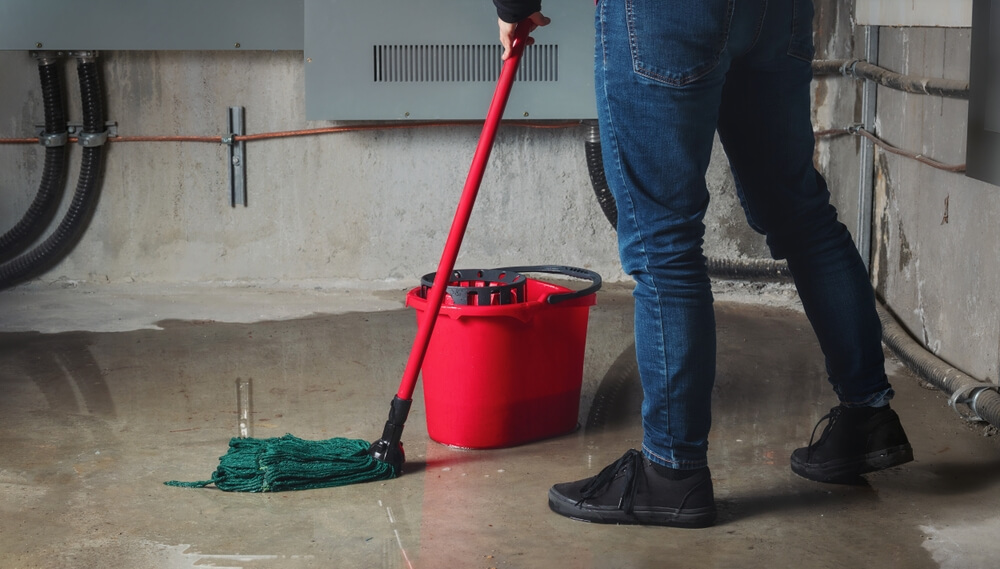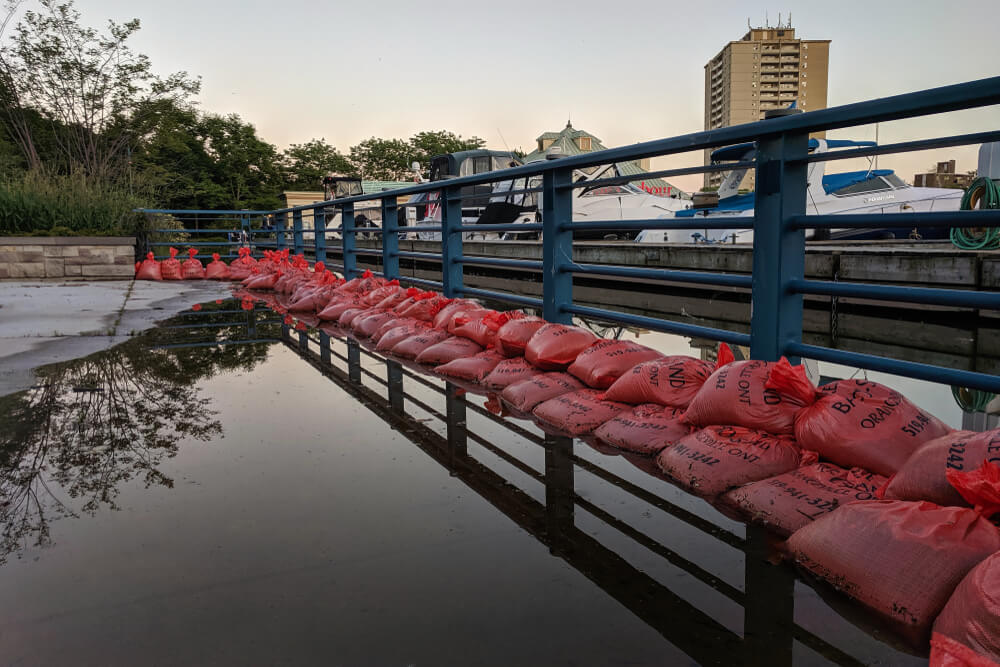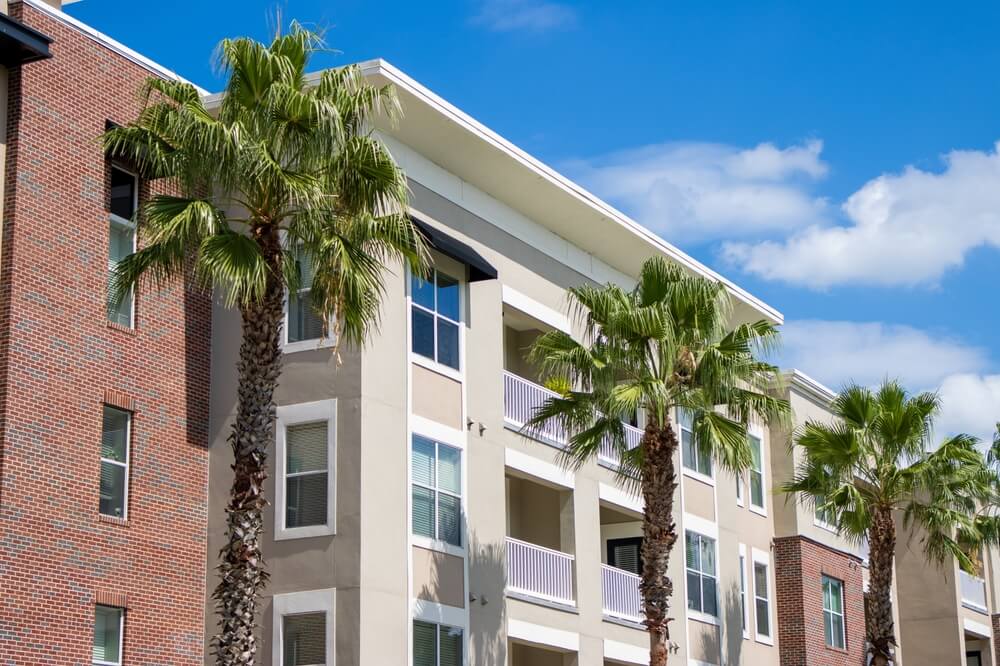
If you are not redirected within 30 seconds, please click here to continue.
Samedi: 10h – 16h HAE

If you are not redirected within 30 seconds, please click here to continue.
If you are not redirected within 30 seconds, please click here to continue.
That Older Dream Home Can Come With a Higher Insurance Price Tag

Table of Contents
- Is the roof in good shape, or does it need replacement? Depending on the answer, you could be at increased risk for wind, hail, or water damage.
- Some providers will not write insurance for a home with oil heating. Older tanks are vulnerable to corrosion and leaks, and many providers are not comfortable with taking on that level of risk.
- There is a lot to consider when buying an older home. If you decide to purchase one, get a proper inspection from a company specializing in older homes first.
The adage, “they don’t build ’em like they used to”, is never truer than when referring to a charming old home or century home, filled with lovely architectural details like ginger-breading, stained glass windows, crown moulding and quarter-sawn oak floors. It’s easy to get caught up in the beauty, character, and history of such a property. Homes of this era can be a great investment – they were generally built to last; they have great aesthetic appeal, and are often located in established and idyllic leafy neighbourhoods.
However, don’t fall in love until you know what you are getting into – and how much a home insurance policy will cost to protect it if it can be insured at all. Remember: the greater the risk, the higher the premium.
Here are five common problems to look for in older homes:
1. How sound is the structure?
Start at the top. What kind of roofing materials does your older home have? Is it still in good shape, or does it need replacement? Depending on the answer, you could be at increased risk for wind, hail, or water damage. Next, look closely at the windows: are they original? Is there evidence of rot? Do the windows open? Now, turn your attention to the foundation and check it visible cracks. Finally, is there a damp smell in the basement or signs of water damage on the ceilings, walls, or window frames?
All these things are potentially fixable but may be hiding more damage under the surface Home insurance may protect you from some issues, but it won’t protect you if the damage is due to neglect or if it’s a maintenance issue.
2. Don't get burned by heat and fire
Many old homes still use an oil furnace and tank heating system. That can be quite costly and difficult to maintain safely and carries challenges when looking for insurance. Some providers will not write insurance for a home with oil heating. Older tanks are vulnerable to corrosion and leaks, and many providers are not comfortable with taking on that level of risk. Although costly, the simplest solution would be to replace the oil heating with propane or natural gas if available.
If you decide to go ahead as-is, it’s still possible to find an insurance company that will write the insurance coverage on a home with an oil tank. Nevertheless, you must first prove it is sound and that you have taken the necessary precautions to ensure it won’t leak. And your premium will likely be higher than it would for a modern natural gas furnace.
Also common in older homes are wood-burning stoves and fireplaces. These are super charming, sought-after elements but can also lead to higher insurance premiums, complications, and the added risk of fire (the unintended kind!) if not properly maintained. Many insurers will require your stove or fireplace to pass a Wood Energy Technology Transfer (WETT) inspection before they cover your home. Common safety issues include:
- Buildups of soot or creosote.
- Not having a screen to prevent sparks from lighting the carpet on fire.
- Not having a chimney cap.
Don't waste time calling around for home insurance
Use RATESDOTCA to shop around and compare multiple quotes at the same time.
Finding the best home insurance coverage has never been so easy!
3. Be wary of old wiring
Many older homes, especially those that have never been renovated, often use a 60-amp electrical system rather than the 200-amp service that is the universal standard today. Others may still even feature knob-and-tube wiring. The latter type is considered the most dangerous as there is no ground wire and carry a much higher risk of fire. And neither type was designed to handle the multiple appliances we have today.
It can be challenging to get insurance for homes with older wiring, especially knob and tube. Many insurance companies will require you to update your wiring system to copper wiring before offering you a policy. But check with your insurer before embarking upon any major renovation project.
4. What's in your walls?
This is a big one. The older the home, the more likely something is lurking on or behind the walls that could be dangerous to your health, to the structure of the house, or both. Everything from toxic elements such as mould, lead paint, radon gas and asbestos insulation to pests like bats, mice, and termites can wreak havoc.
Remember, much of this will not be easy to spot unless you are a trained professional. It’s very trendy to “flip” older homes after a cosmetic upgrade of new appliances and cabinet doors, so don’t be fooled by looks alone. How this affects insurance depends on your coverage and on the problem itself. Sometimes lead paint is okay and can be left alone, but if asbestos is discovered in an inspection, it will have to be removed before the house can be insured.
5. The perils of old plumbing
Very old homes or century homes can have lead pipes. Galvanized steel plumbing is also commonly found in homes built before 1950, and it only lasts 40 to 50 years. These older pipes rust or corrode over time and eventually leak or rupture, which could cause water damage to the home. Homes with older pipes will likely require upgrades to copper and plastic for an insurance company to cover you.
Older, rural homes also often work on a septic system – over the years, mature tree roots can work their way into the pipes or tank itself. As a result, materials made of ceramic pipes have often cracked or deteriorated. Your septic tank is considered a part of your home, so your homeowner policy will cover it in cases of sudden damage. However, any damage caused by a lack of maintenance or neglect will not be covered, such as tree roots or deteriorated structures.
As you can see, there is a lot to consider when buying an older home. If you decide to go ahead with the purchase, get a proper inspection from a company that specializes in older homes first (some experts even recommend getting two inspections from different companies).
Also, moving to a new home can change what you’re presently paying for home and car insurance, so don’t make the mistake of telling your insurance company of your new address after the fact and assume nothing will change. Each insurer calculates their rates differently, and the provider that offered you the best rate at your former address may not provide you with the best rate at your new one.
It is also a good idea to purchase optional coverages such as overland flood protection and sewer backup coverage, since they are not automatically included in a home insurance policy. Lastly, don’t forget to take stock of any rare or expensive architectural elements. Be sure to factor them in when talking to your provider about how much coverage you will need.
Get money-saving tips in your inbox.
Stay on top of personal finance tips from our money experts!










